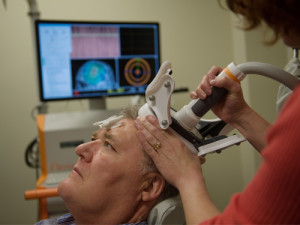
A new study, published in The Journal of Pain, has shown that transcranial magnetic stimulation (rTMS) administered to the scalp can stimulate the brain and provide significant reductions in phantom limb pain
A team of researchers from Massachusetts General Hospital and Spaulding Rehabilitation Hospital (both Boston, USA) evaluated the benefits of the brain-stimulation method in 54 patients who had undergone amputations due to land-mine explosions. They compared results of patients given transcranial brain stimulation and a placebo treatment to determine if the procedure could provide significant relief from phantom limb pain.
“Phantom limb pain is a very challenging condition for its negative impact on quality of life and lack of treatment response, especially in those with traumatic related amputations,” said co-author, Ronald G Garcia, at Massachusetts General Hospital and Harvard Medical School (Boston, USA).
Previous reports have suggested there are analgesic benefits of rTMS for people with phantom limb pain. In one randomised clinical trial with 27 subjects, results showed that five consecutive sessions of rTMS induced a significant analgesic effect, which lasted up to two months in 39% of subjects.
“In our current study, results showed that treatment with rTMS for two weeks induced a clinically significant pain reduction in 70% of traumatic amputees with phantom limb pain up to 15 days after treatment with no serious side effects,” says Garcia.
The authors also noted the pain relief observed could be explained by the potential effect of rTMS over the central pathophysiological mechanisms related to phantom limb pain.













